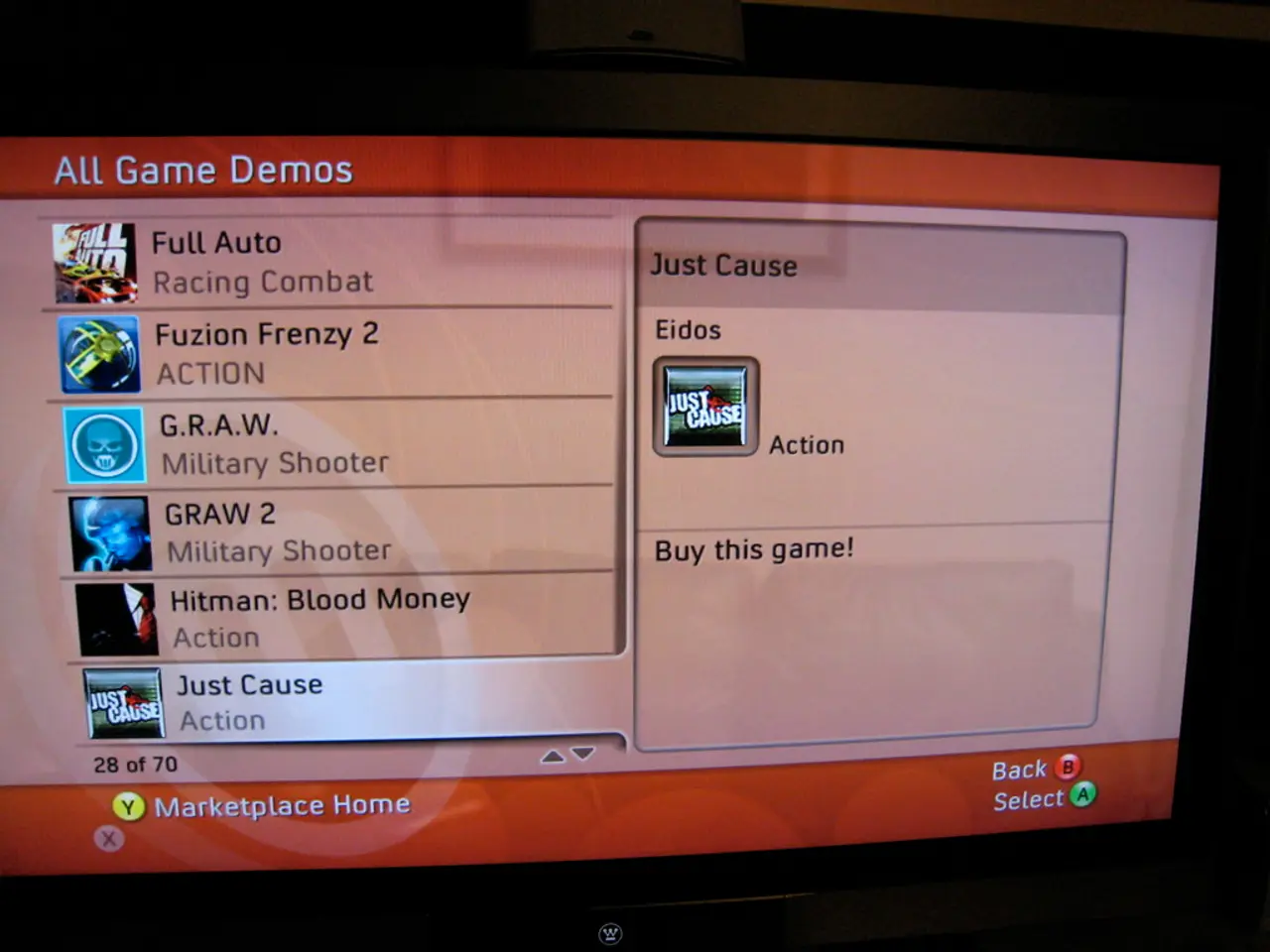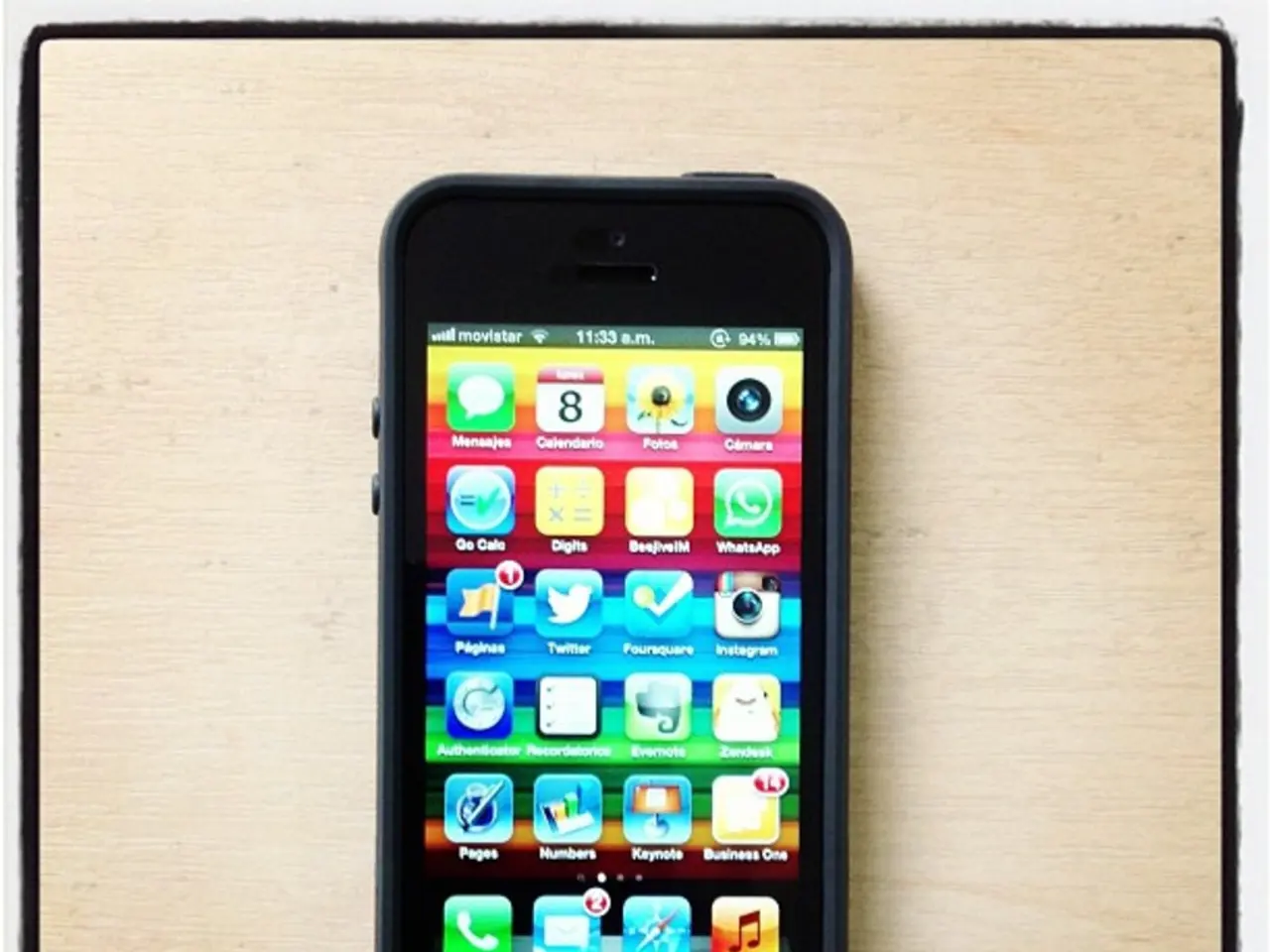Outdoor painting adapts to technology: Artist's innovative use of mobile devices to create artwork in natural surroundings.
Breaking free from the confines of traditional studios, digital artists are embracing technology like never before, armed with tablets and the latest drawing apps. Just as Monet and his contemporaries stepped outside to capture sunlight and atmosphere, today's creators venture into the great outdoors with tablets in hand, redefining the bond between nature and art.
The digital age has strengthened this relationship, equipping artists with powerful, portable tools that complement their artistic endeavors. From iPad Pro and the best drawing tablets to specialized software and powerful drawing apps, the digital studio has never been more mobile.
Many artists, inspired by the Impressionists of old, are engaging in a new form of painting dubbed 'digital plein air.' This practice invites artists to explore the outdoors and reconnect with the natural world, capturing fleeting light, weather, and scenery as it unfolds. Battery life improvements, refined software, and cutting-edge technology all play a part in making the digital studio truly mobile, allowing artists to create wherever their imagination takes them.
We spoke with a group of renowned concept artists to explore their creative processes and learn about the tools they use to bring their digital plein air creations to life.
The Digital Artist's Arsenal
For digital plein air, artists can choose from two primary setup options: using a pen computer like an iPad or a dedicated drawing tablet connected to a lightweight laptop.
Concept artist Patrick Faulwetter, who's been at the forefront of digital plein air for years, prefers a more traditional setup, pairing a MacBook with a Wacom tablet. He appreciates the laptop's matte screen, which helps avoid pesky reflections, and the ability to utilize hotkeys for brush size management.
On the other hand, Robh Ruppel is an advocate of using an iPad as a portable easel. By mounting his iPad on a tripod and painting in a traditional manner, he is able to reproduce visual impressions accurately due to each device's 'one-to-one' painting capability. This technique replicates the process of early artists like John Singer Sargent, whose paintings shifted from warm studio settings to the vibrant streets of Paris.
Nick Gindraux, another concept artist, favors the Wacom Intuos medium when traveling. The tablet's Quick Keys and Touch Strip enable quick brush size adjustments, providing a practical advantage over iPad's limited physical buttons.
Capturing the Essence of Nature
Digital plein air boasts a strong link to its traditional counterpart, with technology enabling new approaches, styles, and accessibility to the final piece. Yet, at its core, the process remains unchanged: artists continue to interpret their surroundings, creating personal interpretations of their experiences.
These artists seek different aspects in their artwork. Robh, for instance, looks for emotions that move him, while his techniques and interpretations have evolved over time. He now favors using fewer tools and more simplified shapes to capture the essence of his subjects.
Nick is drawn to the immediacy and purity of painting outdoors, experimenting with exaggerated or distorted shapes and colors to emphasize the 'being there' feeling. Patrick, too, has found that the speed and immediacy of digital plein air has impacted his process, limiting his brush selection and the number of layers he uses when painting outdoors.
In this new art form, technology serves as an enabler, allowing artists to customize tools and express themselves genuinely, quickly, and emotionally. Yet, the human touch remains the essence of digital plein air, with artists still compelled to observe and interpret what they see.
From stylizing movements to organizing nature's offerings into captivating compositions, digital artists working in the field share a common goal: to produce visually compelling artwork that evokes emotion and captures the intricacies of the natural world.
Whether working with iPad and Procreate or setting up a traditional drawing tablet and laptop, digital artists embracing plein air are pushing the boundaries of their artistic expression, re-establishing a connection with the essence of traditional landscape painting, and creating a new digital impressionism that is alive and vibrant.
- Digital artists, liberated from the constraints of traditional studios, are leveraging technology more than ever before, armed with tablets and advanced drawing apps.
- Modern creators, reminiscent of Impressionists like Monet, embark on outdoor expeditions with their tablets, redefining the collaboration between nature and art in the digital age.
- The digital studio has become more mobile due to advancements in technology, offering artists powerful portable tools such as the iPad Pro, specialized software, and drawing apps.
- Acclaimed concept artists have adopted various setups for digital plein air, ranging from pen computers like iPads to dedicated drawing tablets in combination with lightweight laptops.
- Patrick Faulwetter, a pioneer in digital plein air, prefers pairing a MacBook with a Wacom tablet for a traditional setup, appreciating the laptop's matte screen and hotkeys.
- In contrast, Robh Ruppel champions using an iPad as a portable easel, emulating early artists like John Singer Sargent by mounting his tablet on a tripod for accurate visual reproduction.
- Nick Gindraux prefers the practicality of the Wacom Intuos medium when traveling, as the tablet's Quick Keys and Touch Strip facilitate brush size adjustments.
- Digital plein air retains a strong connection to traditional painting methods, with technology fostering new approaches, styles, and accessibility to the finished piece.
- Robh Ruppel emphasizes emotions that resonate with him when selecting subjects for his artwork, whereas his techniques and interpretations have evolved over time to focus on simplified shapes capturing the core essence of his subjects.
- Nick Gindraux seeks the immediacy and purity of painting outdoors, employing exaggerated or distorted shapes and colors to emphasize the 'being there' feeling.
- In the realm of digital plein air, technology serves as an enabler, allowing artists to customize tools, express themselves genuinely, and create visually captivating artwork that evokes emotion while capturing the complexities of the natural world.




